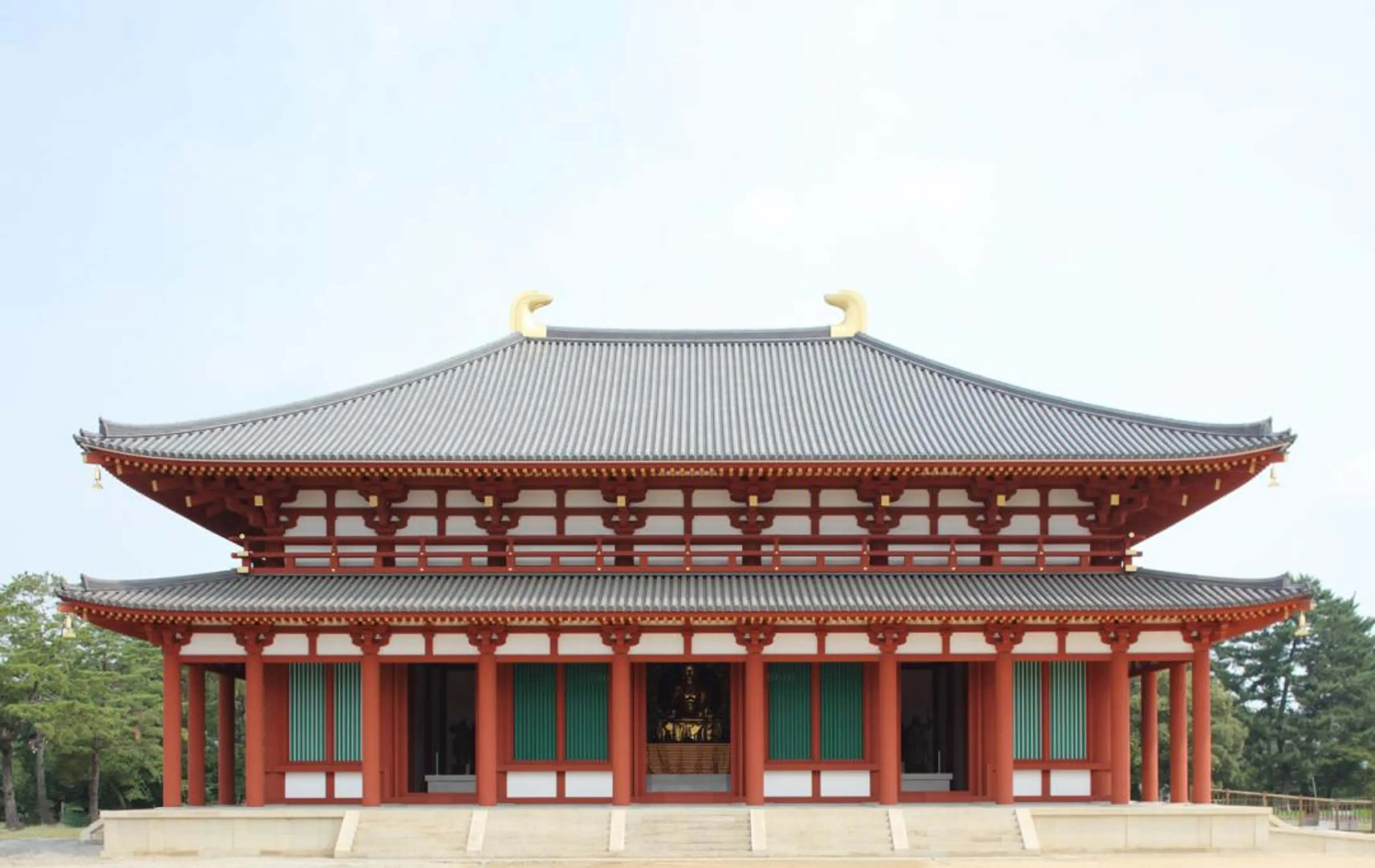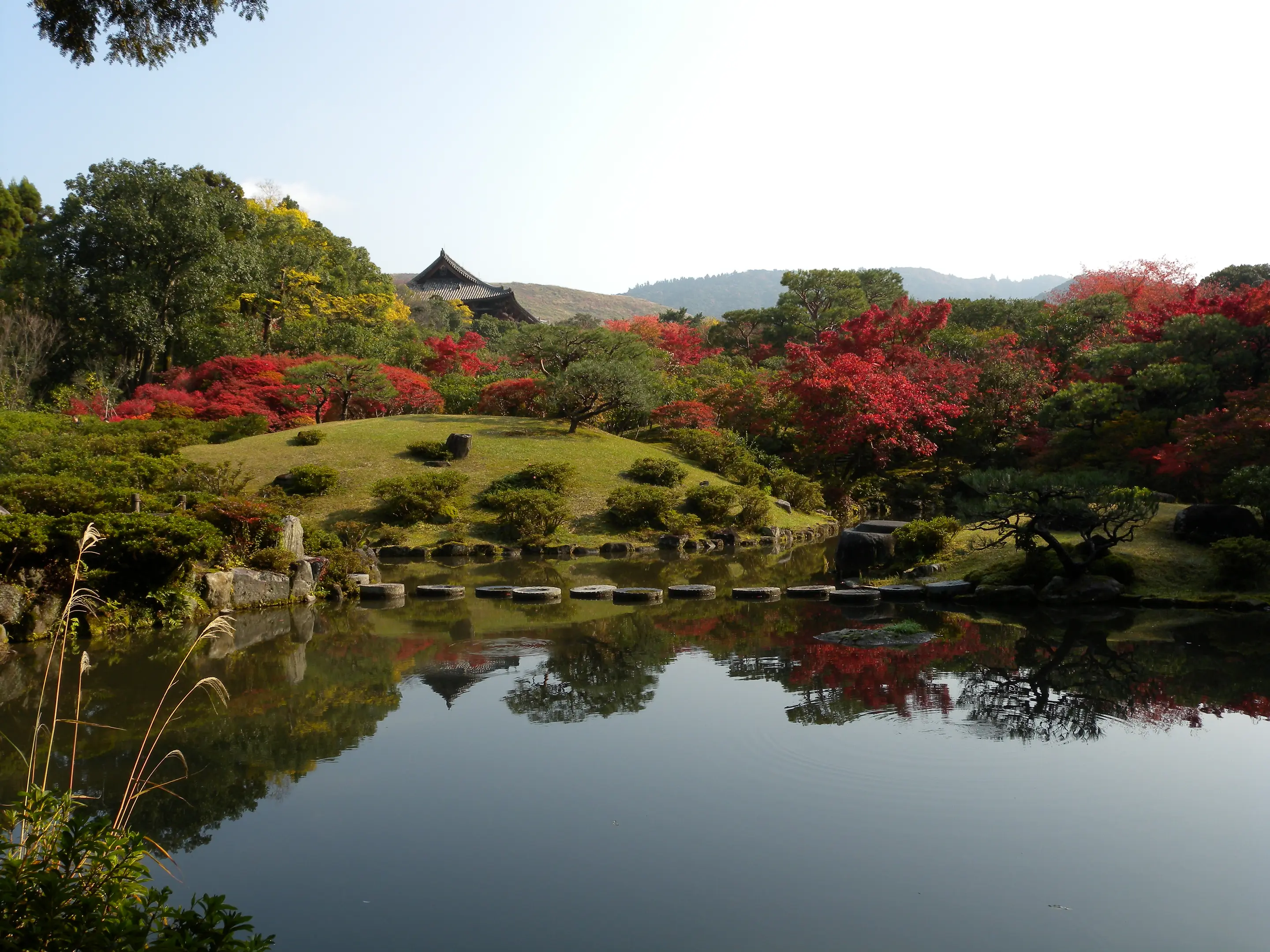Model Course
奈良公園めぐり ~世界遺産奈良の魅力を訪ねて
奈良の基本を巡るコース。世界遺産に登録されている興福寺や東大寺、春日大社など、奈良公園とその周辺の見どころを楽しめます。
| Areas |
toudaiji |
|---|
Model Course
Nara City Tourist Information Center
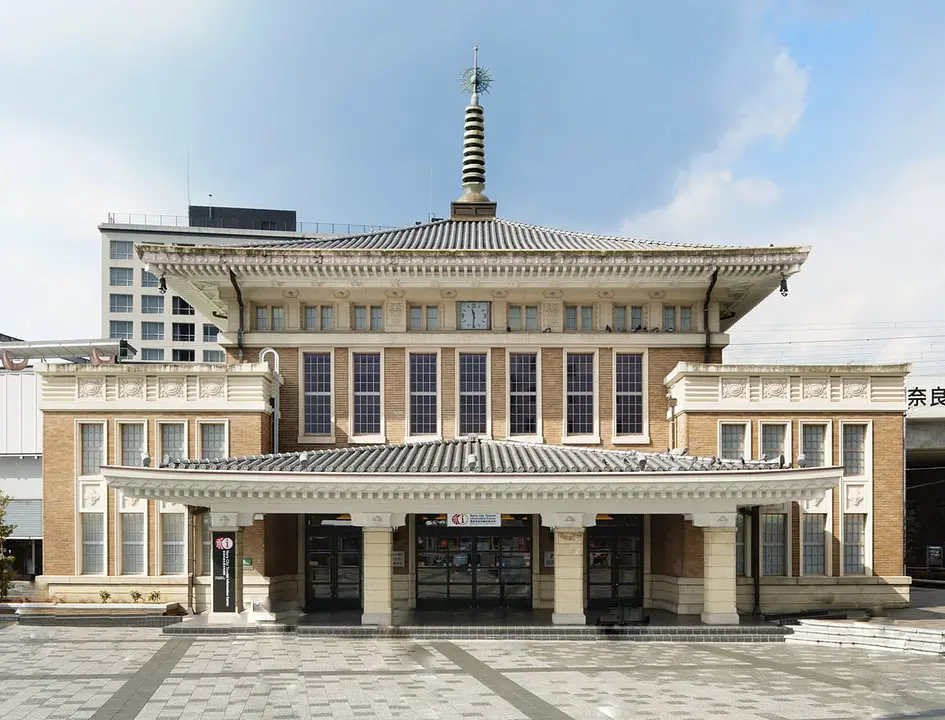
Nara City Tourist Information Center
The former station building of JR Nara Station opened on July 25, 2009 as the Nara City General Tourist Information Center. There is also tourist information in foreign languages and a tourist information search corner connected to the internet.
Kohfukuji Temple - Nanendo Hall
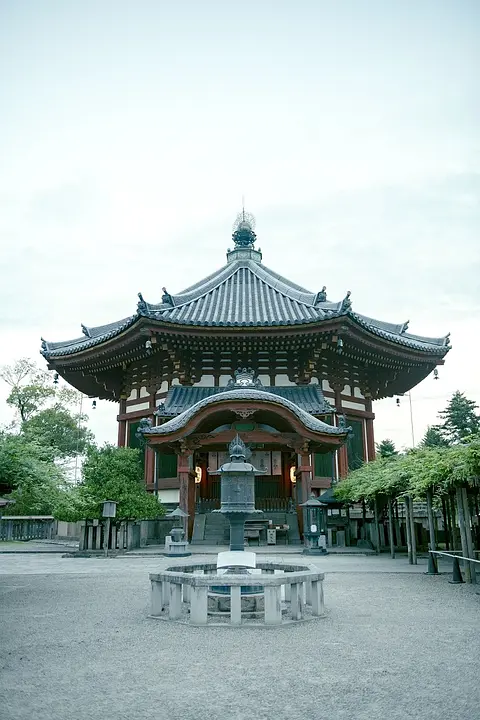
Kohfukuji Temple - Nanendo Hall
It is the largest octagon-shaped pagoda in Japan, and was originally built in 813. Having experienced several disasters, the present pagoda was rebuilt after it suffered a fourth catastrophe.
Tobihino
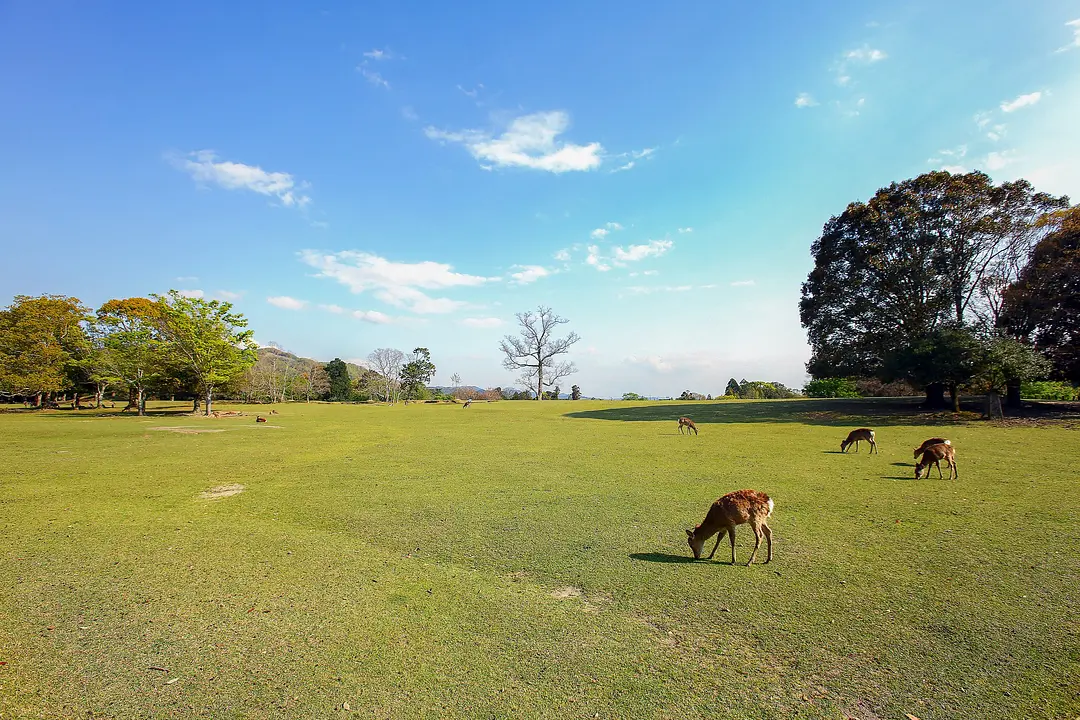
Tobihino
Tobihino, the precincts of Kasuga Taisha Shrine, is a vast field of grass facing Kasuga Taisha Omotesando. It is a great viewing point for Mt. Mikasayama, where deer are always playing in groups. Today it is called Tobihino, but in ancient times it was also called Kasugano, and was an ancient ritual site overlooking Mt.Mikasayama. The origin of the name "Tobihino" is that when Kashima Daimyojin arrived in Kasuga, his attendant, Yashiro no Mikoto, breathed fire from his mouth to light the way, and the flame never went out. It is said that it got its name because it looked like it was flying, and it is also said that it is said that it got its name from the fact that it looked like it was flying, and it is also said that flying fire means ``noroshi'', an ancient communication facility. In the old Manyo period, the aristocrats played polo, and during the Heian period, it was also known as a popular springtime spot for picking young greens and cherry blossom viewing.
Kasugataisha Shrine
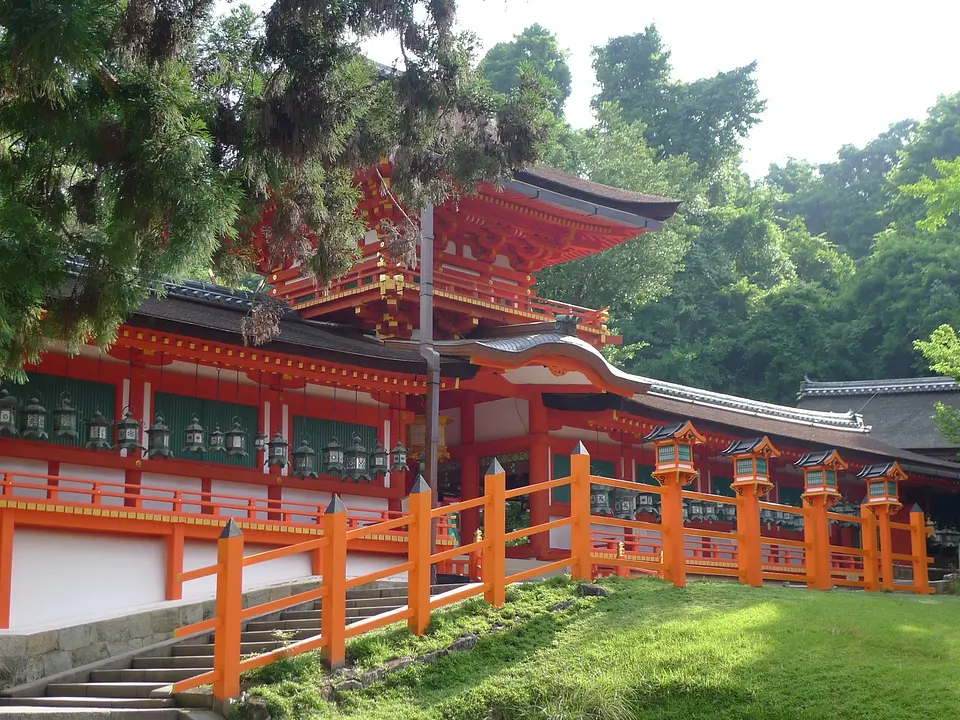
Kasugataisha Shrine
The Shrine lies in a primeval forest of cedars and a kind of Chinese black pines. The brilliant vermillon edifices are beautifully contrasted with their surrounding greenery. Going through the first and second Torii gates, you can see a lot of stone lanterns standing on both sides of the approach to the shrine. Going on further, you will find the south gate on the left. The main hall is located among trees behind the gate. From the gate a corridor extends to the left and to the right. A great number of lanterns hung from the eaves of the corridor are producing an elegant atmosphere. In the 3rd year of the Wado era (710), when the capital was transferred to Nara, Fujiwara-no-Fuhito celebrated a mass for tutelary deities of the Fujiwara family, which is considered to be the origin of this shrine. In the 2nd year of the Jingo-Keiun era (768), shrine buildings started to be constructed here. Just like the Kofuku-ji Temple,shrine buildings were added, along with the prosperity of the Fujiwara family. In the first half of the Heian period (794-1192), shrine buildings were completed on the same scale as they are today. After the Middle Ages, the belief was prevalent among commoners, which is shown by the fact that various-shaped hanging lanterns and stone lanterns known as "Mantoro" were mostly the donations from common people. The tutelary deities enshrined here are Takemikazuchi-no-Mikoto from Kashima of Ibaraki Prefecture, Futsunushi-no-Mikoto from Katori of Chiba Prefecture, Amenokoyane-no-Mikoto and Himegami from Hiraoka of Osaka Prefecture. (10 minutes' walk from the bus stop Kasuga Taisha Omote Sando of Loop Line Bus of the city)
Mt. Wakakusa
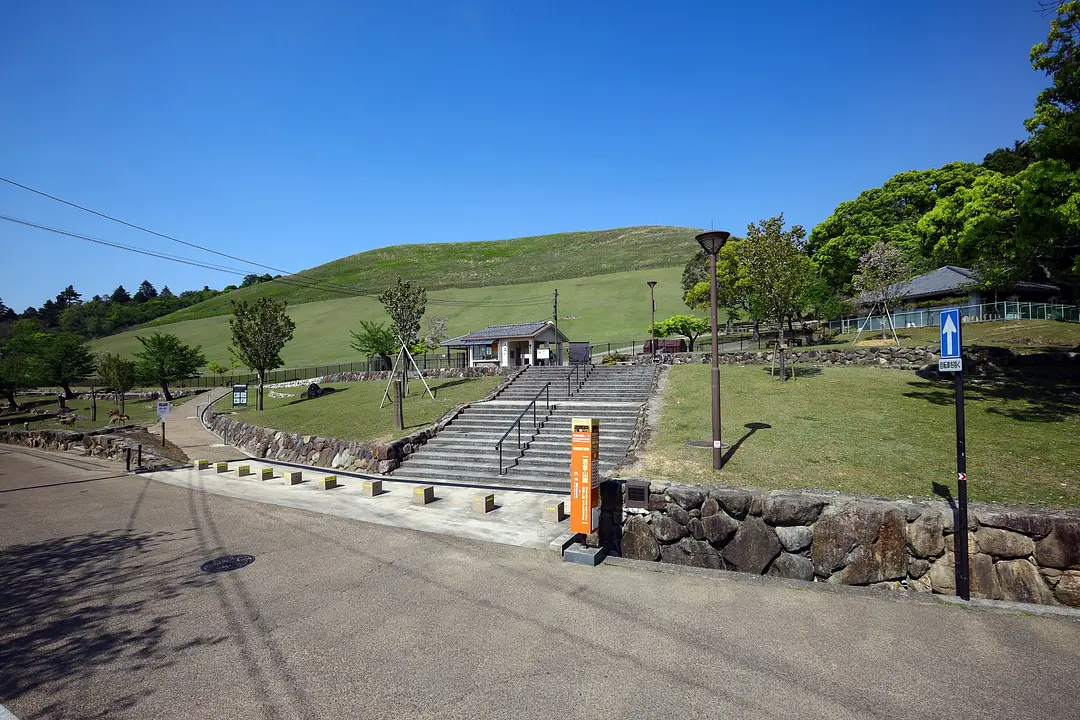
Mt. Wakakusa
Mt. Wakakusa is also famous for the annual Wakakusa Yamayaki event. It is also called Mt. Mikasa because it looks like three hats stacked on top of each other. Entering the mountain from the gates at the foot of the mountain (north and south), you can enjoy different views of the first, second, summit, and roads around the Uguisuzuka tomb. It takes about 30 to 40 minutes to walk from the foot gate to the summit. From the summit of Mt. Wakakusa, you can see the scenery of Nara, including Todaiji Temple and Kofukuji Temple. The opening period is from the third Saturday in March to the second Sunday in December. From 9:00 to 17:00. You can also access the mountaintop (Mieme) by car via the Nara Okuyama Driveway. The sunset and night view seen from the top of the mountain (one of Japan's top three night views) is spectacular.
Todaiji Temple - Great Buddha Hall
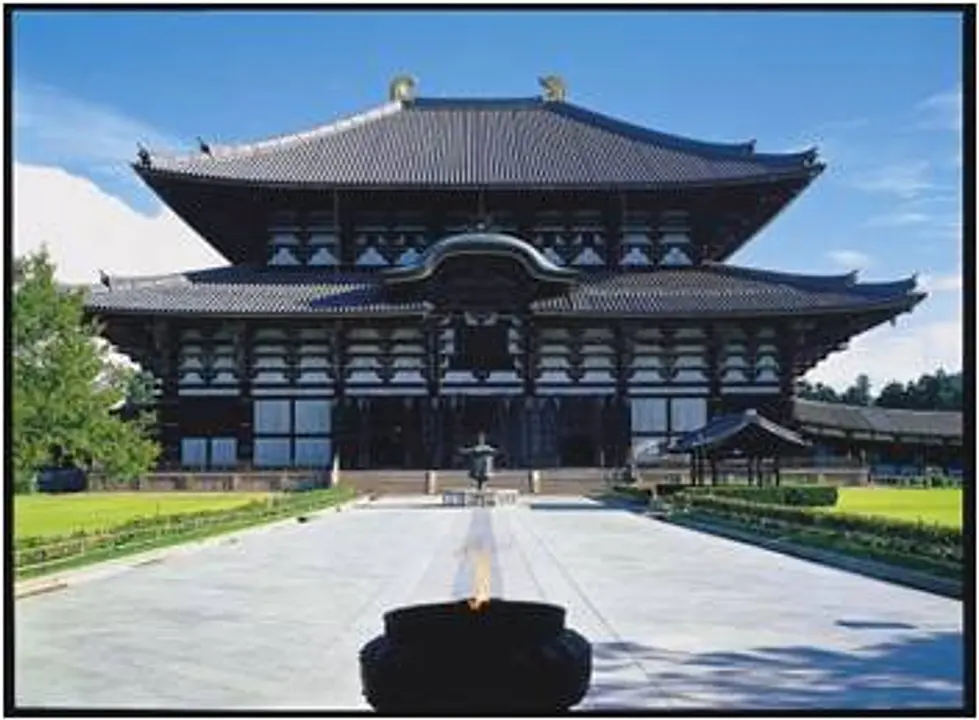
Todaiji Temple - Great Buddha Hall
Since its foundation in the 8th century, it has been destroyed by fire twice, and then rebuilt in the 13th century and the 18th century. In the 18th century, a sufficient supply of materials to construct the pillars could not be secured, and other materials were used to enclose the center of the pillars and iron rivets and hoops were used to fasten pillars. Also, the frontage was originally 86 meters wide when it was built, but it was reconstructed at 57 meters. It is still one of the biggest wooden structures in the world, and one can imagine its grandeur in the days of old.
Nara National Museum
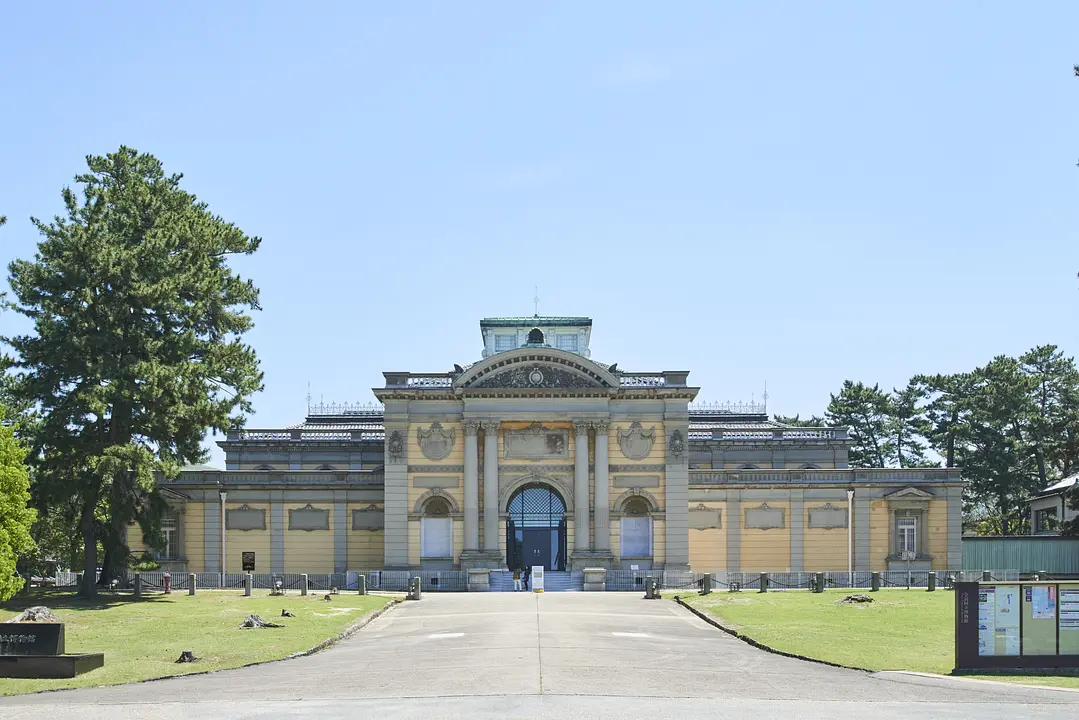
Nara National Museum
With a plethora of remarkable Buddhist sculptures, paintings, and other artwork, the Nara Buddhist Sculpture Hall contains close to 100 buddhist sculptures that are on permanent display. Special exhibitions are held three times a year in the museums's new hall.
Isui-en Garden/Neiraku Art Museum
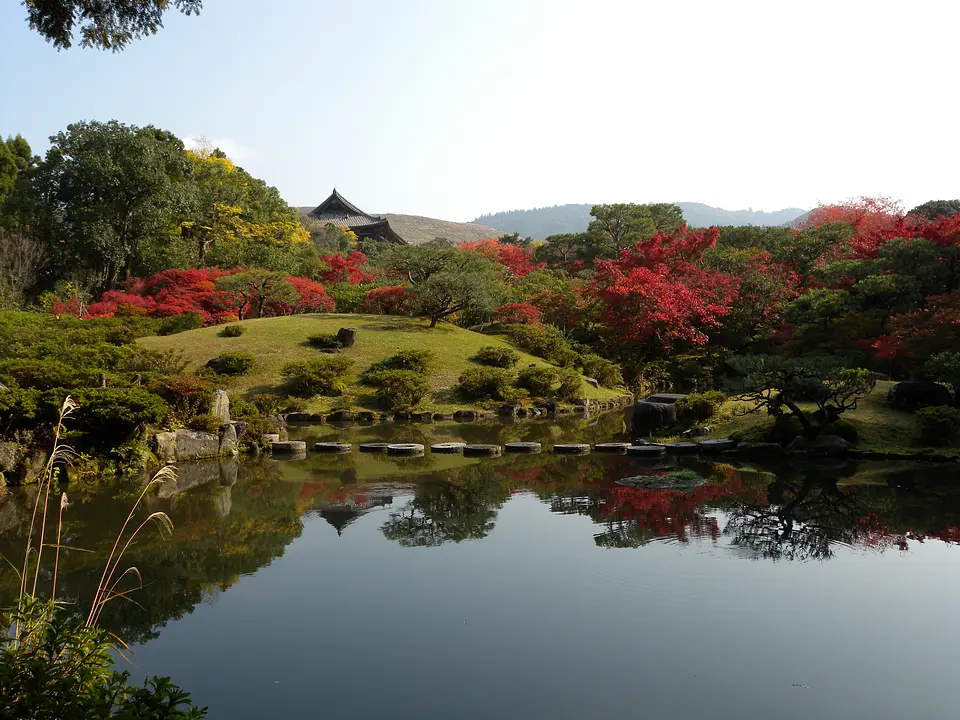
Isui-en Garden/Neiraku Art Museum
This garden was once built as a villa by a merchant from Nara Sarashi, and was designated as a national scenic spot in 1975. The roofs of Mt. Wakakusa, Mt. Kasuga, and the South Gate of Todaiji Temple serve as borrowed scenery, and the Nakanoshima Island and the artificial mountain are covered with grass, as if the grass of Mt. Wakakusa continues all the way into the park. Also within the park is the Neiraku Art Museum, which stores and exhibits Oriental antiquities.
yoshiki-en Garden
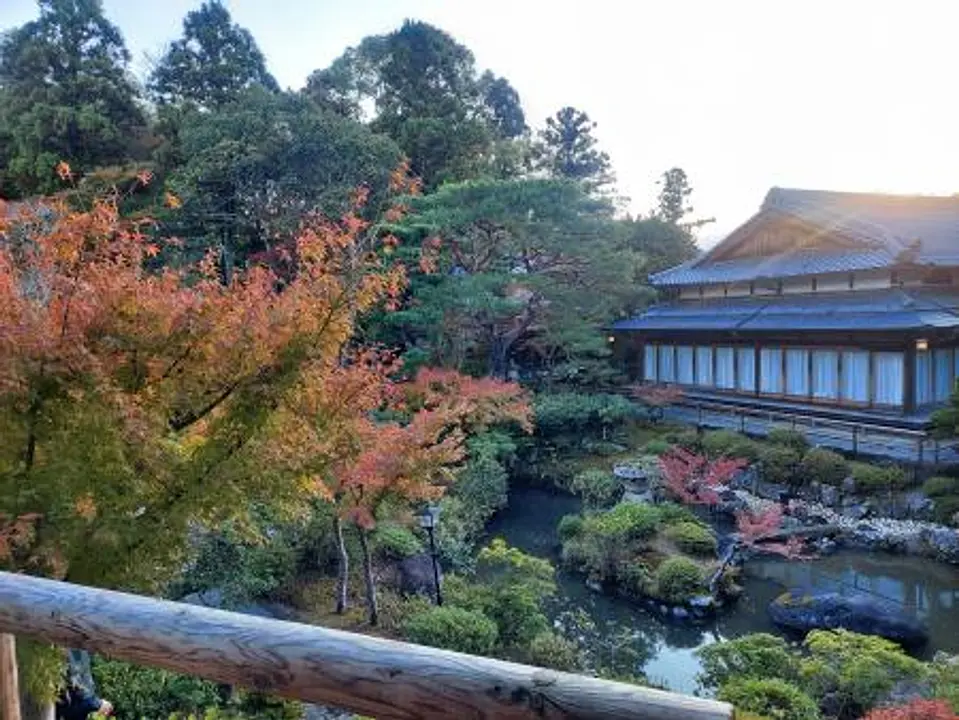
yoshiki-en Garden
A garden created on the site of Maniju-in, the sub-temple of Kofuku-ji Temple. It consists of a Japanese garden and a detached teahouse, and incorporates Mt. Kasuga and Mt. Wakakusa as borrowed scenery. This is a beautiful garden with cedar moss.


